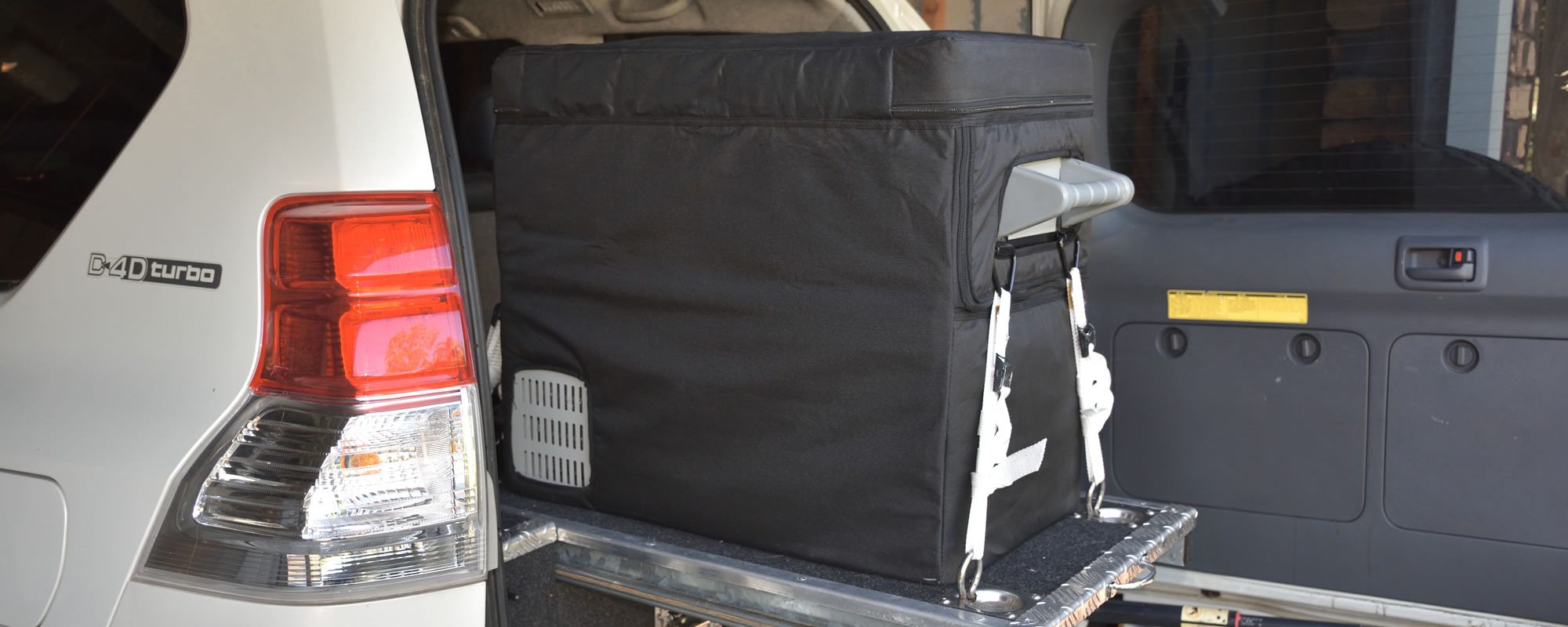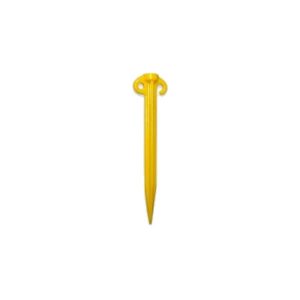How to keep your car fridge cold
A car fridge has quickly become one of the staples of any decent 4WD build for good reason! Trying to keep ice in an esky can work for a couple of days, but when the ice melts and you’re in the middle of nowhere, not only does your food go bad, but worse your beer gets hot!
What we’re looking at here is our list of tips and tricks to keep your car fridge running cold for your entire trip.
Wiring
When wiring for your fridge, always use good quality cable that can handle at least twice the amps that your fridge will draw. The reason for this is that using a larger cable will conduct the energy more efficiently and create less heat, meaning less chance of something going wrong.
The big thing that most people don’t think about is connectors. A standard 12V power socket will work, but these are not only extremely inefficient, they also rattle loose very easily and are not suitable for anything more than a short drive over even ground. We personally use Anderson Plugs for every connection for our ridge wiring, because these offer some of the best resistance to vibration as well as being very efficient with minimal voltage drop.
When you’re hooking up your connectors, make sure that you crimp every connector properly. That means using the right size crimpers as well as the right size of terminals for the wire that you’re using. You should always apply heat shrink to all joins to minimise the amount of exposed metal. If you’re going for the best connection possible, you can crimp and then solder your connections.
Batteries
You should always run your fridge from an auxiliary battery. That way your car will still start when you get up in the morning! Which type of battery you use is up to you, but keep in mind how many amps your fridge will draw and use that as a basis for choosing the capacity that you need. As an example, if your fridge rimes at 4 amps, and your battery capacity is 100Amp/Hours, you’ll get 25 hours of use out of that battery before the voltage drops to critical levels.
Insulation
Most fridges will come with, or have the option of, an insulated cover. We always recommend that you get this cover when you can as they really do make a difference on most fridges – especially if you’re going to be running it out in the open. For some of more budget-conscious brands, this extra insulation can mean the difference between enjoying your beer ice-cold or luke-warm.
Location
The best place for your car fridge is somewhere that’s out direct sun while still being as accessible as possible, because a car fridge is no good if you can’t get to it. In a wagon that normally means a fridge slide either on the floor of your cargo area, or on top of the drawers. For utes, sometimes you don’t have any cover, so it can go directly in the tray
Installation
You can’t just sit the fridge on the floor of your car, or trailer, and leave it loose. Not only will this result in the fridge getting banged-up and broken, you’ll also pull the power cord out, and everything will turn off. It’s always best to secure your fridge to the vehicle in some way. The most common way is to use tie-down straps that go from the tie down points or handle of the fridge to proper tie down points in the vehicle. Most good drawer systems will have these, as will any decent fridge slide.
One thing to be careful of is where the power cable runs. It’s way too easy to slide the fridge drawer back in, and split or cut the cable completely. Not only does this stop power going to your fridge, you’ve now got a live power cable in the car. There’s some good commercial ways to run cables to keep them safe, but we’ve found that a simple spring level or a cable track works just as well, and can save you money.
Using your fridge
OK, this should be common sense, but… we’ll go over it anyway.
Firstly, don’t leave the fridge open. While this isn’t quite so bad for some chest fridges, any upright fridge will quickly lose it’s cold air, and have to re-cool everything down again, meaning a higher current draw on your battery.
When you’re packing your fridge, there’s two tips that we use to make sure that you don’t use battery power then you need to. First off, before you leave just pack your fridge with food and drinks that are already cold. This lets your fridge work less to get things down to the right temperature because everything is already cold. Second, pack your fridge the night before you’re going to leave, and plug it into a 240V source instead of running it off your battery right from the start. This lets you get everything nice and cold before you start to use up the limited battery power in your car and leaves your battery as charged as it can be.
That’s all there is to it!
OK, so there’s a lot to take in, but it’s all pretty much common sense and should be part of your planning for installing any car fridge in your four wheel drive, caravan or camper. When you prepare your fridge the right way, using it every day will be hassle-free.We stock a wide range of car fridges as well as wiring, sockets and tie-down straps, to ensure that you can get your fridge set up the right way first time, and ensure that it stays running smoothly for years to come.





